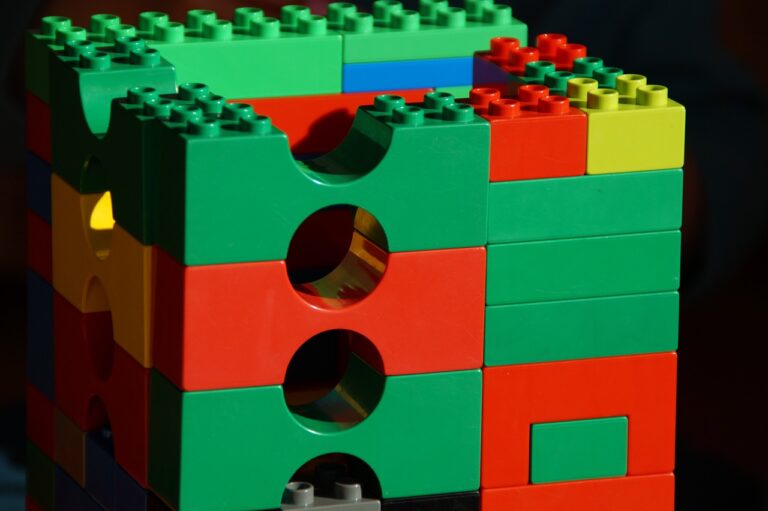The Science of Cricket Ball Manufacturing: From Core to Cover
Laser247, Betstarexch: Cricket ball production dates back to the 18th century when cricket was becoming a popular sport in England. At that time, skilled craftsmen hand-stitched the balls using leather strips. These early balls were made with a solid cork core and were quite different from the standardized balls we see today. Over time, as the game evolved, so did the production methods for cricket balls.
As cricket gained international recognition, the demand for standardized cricket balls increased. This led to the establishment of manufacturing processes to ensure consistency in the weight, size, and shape of the balls. Industrial advancements in the 19th and 20th centuries further revolutionized cricket ball production, with the introduction of mechanized stitching techniques and the use of high-quality materials to enhance durability and performance on the cricket pitch.
The Role of Technology in Manufacturing Cricket Balls
Cricket ball manufacturing has evolved significantly over the years, with technology now playing a crucial role in the production process. Advanced machinery and techniques are used to ensure the quality and consistency of cricket balls are maintained at the highest standards. From the selection of premium materials to the intricate stitching process, technology has revolutionized the way cricket balls are made.
One key aspect where technology has made a significant impact is in the measurement and calibration of the cricket ball. Precision instruments are utilized to ensure that each ball meets the required weight and size specifications set by the governing bodies of the sport. This level of accuracy would be nearly impossible to achieve consistently without the aid of modern technology, highlighting its crucial role in the manufacturing process.
The Importance of Core Materials in Cricket Ball Construction
Cricket balls have been an integral part of the sport since its inception. The core materials used in manufacturing these balls play a crucial role in determining the quality and performance of the cricket ball on the field. The core material not only provides the ball with its weight and bounce but also affects its durability and longevity.
Traditionally, cricket ball cores were made from cork, which was tightly wound with string and covered in leather. However, modern advancements in technology have introduced new core materials such as rubber and synthetic materials. These materials offer improved consistency in shape and weight, resulting in better balance and stability during play.







